What is acne? (ages 11-13)
Good Skin Knowledge lesson plan
Time: 45 min
Objective
Students will be able to :
Provide basic explanation for how pimples are formed
Name at least two types of pimples
Understand the three main components of a pimple (oil, dead skin cells, bacteria)
Materials
Lined paper (enough for class)
Pencils (enough for class)
Assessment
During Introduction to New Material, assess students’ prior knowledge of acne in the discussion.
During the Introduction of New Material, check for understanding by asking if there are any questions.
During Independent Practice, walk around and make sure students are clear on the material as they reflect.
During Closing, evaluate students’ knowledge based on their answers to the review questions, and compare this to their discussion about acne.
Opening
5 minutes
Tell students that today they are going to talk about what pimples actually are.
Ask students how they think acne affects kids and teens.
If students are unresponsive, ask pointed questions like:
Is everyone accepting of acne?
Do you think people who have acne feel confident?
Are people bullied because of how their skin looks?
Do not get into too long of a discussion about this as it will be covered in another lesson.
Explain, “We know that acne is hard, and there is an emotional and physical part to it. We usually know the physical part because it’s easiest to see, but do we really understand it? Today we are going to learn the science behind how pimples form.”
Introduction to new material
25-30 minutes
Materials: A Simple Pimple Recipe handout
Tell student that s/he wants to make a cake but doesn’t know how. What could s/he use to tell him/her how to make it? Students should say, “Recipe.” If students guess incorrectly, ask, “How about a recipe?”
Explain that recipes tell us what goes into something and how it is made, so today we are going to learn the recipe for a pimple.
Explain that before they get the recipe, they’re going to talk about what they know about pimples already and what they are.
Ask students questions if they need prompting:
Why do you think we get pimples?
What are some of the things that cause pimples?
Do you know what pimples are made of?
This discussion should be about 5 minutes maximum.
Hand out A Simple Pimple Recipe handout.
Ask for student volunteers to read different parts of the recipe up until “Variations.” When going over Step 3 of the handout, explain that usually the dead skin floats to the top and flakes off, but in this case, it sticks together, gets trapped inside, and helps clog the pore.
After reading all the Directions, explain, “It’s a little like a drain in a sink. The drain is like our pore, the food is like the oil and the sink is like skin. If you have the right amount of food in the sink, it can go down the drain easily. But sometimes there is too much food and it clogs the drain. Everything gets clogged, and dirty bacteria-filled water starts to rise in the sink.”
Explain that during puberty, kids tend to get acne more because the body produces more oil as hormones change. This isn’t bad oil; it’s the same oil that keeps our skin soft and from drying out, but our skin makes a lot of it during puberty, creating a perfect environment for acne.
Ask students if they knew there are different kinds of pimples, and not just big and small. Let students respond if they have an idea or want to respond.
Ask for volunteers to read the “Variations of the Simple Pimple Recipe.”
Afterwards, tell students, “People may have various kinds at one time. There is not one type of pimple that certain people get and others don’t. Pimples are not something only dirty people get. People can get mild acne or very severe, just depends on the person’s body.”
Check for questions or clarifications.
Independent practice
5-10 minutes
Materials: Lined paper, pencils
Pass out lined paper.
Ask students to write down on the sheet of paper s/he just passed out some new things they learned about acne that they may not have known before. What are some new things they learned? Do they understand acne differently now? Did they have a misunderstanding of exactly what acne was? What are the three main ingredients for a pimple? Can they explain how pimples are formed?
Closing
5 minutes
Depending on time, ask students to read their responses from Independent Practice.
Ask for questions
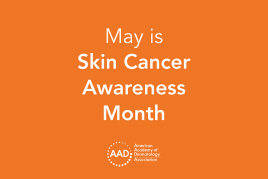 Think sun protection during Skin Cancer Awareness Month
Think sun protection during Skin Cancer Awareness Month
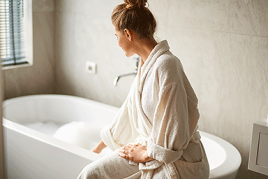 How to care for your skin if you have lupus
How to care for your skin if you have lupus
 Practice Safe Sun
Practice Safe Sun
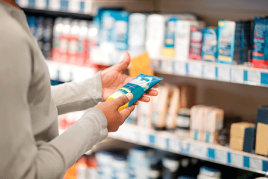 Sunscreen FAQs
Sunscreen FAQs
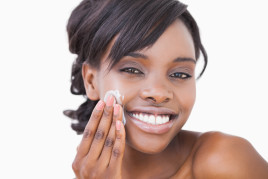 Fade dark spots
Fade dark spots
 Hidradenitis suppurativa
Hidradenitis suppurativa
 Laser hair removal
Laser hair removal
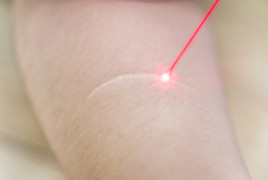 Scar treatment
Scar treatment
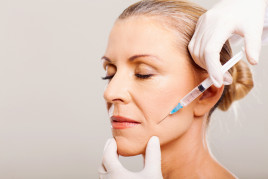 Botox
Botox
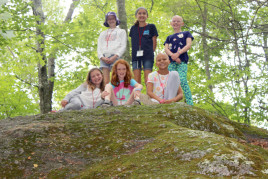 Kids' camp - Camp Discovery
Kids' camp - Camp Discovery
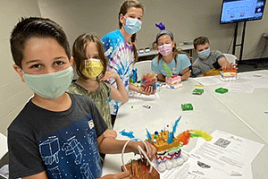 Dermatologist-approved lesson plans, activities you can use
Dermatologist-approved lesson plans, activities you can use
 Find a Dermatologist
Find a Dermatologist
 Why choose a board-certified dermatologist?
Why choose a board-certified dermatologist?